Connect with us
News
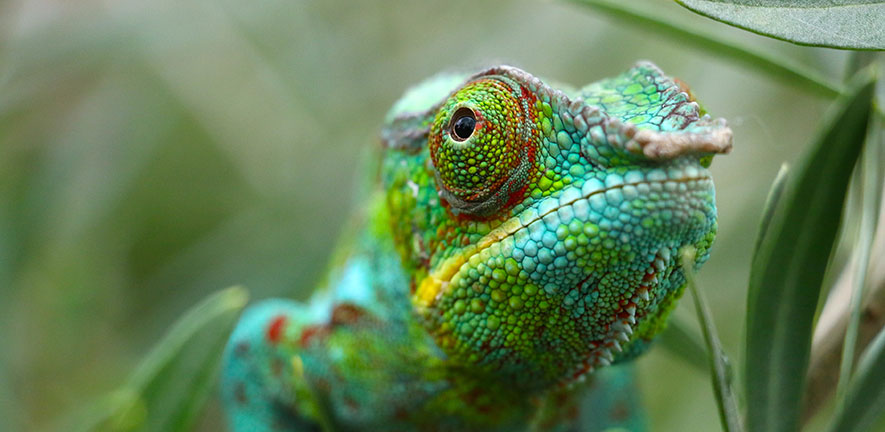
Colour-changing artificial ‘chameleon skin’ powered by nanomachines
Researchers have developed artificial ‘chameleon skin’ that changes colour when exposed to light and could be used in applications such as active camouflage and large-scale dynamic displays.
21 August 2019
News
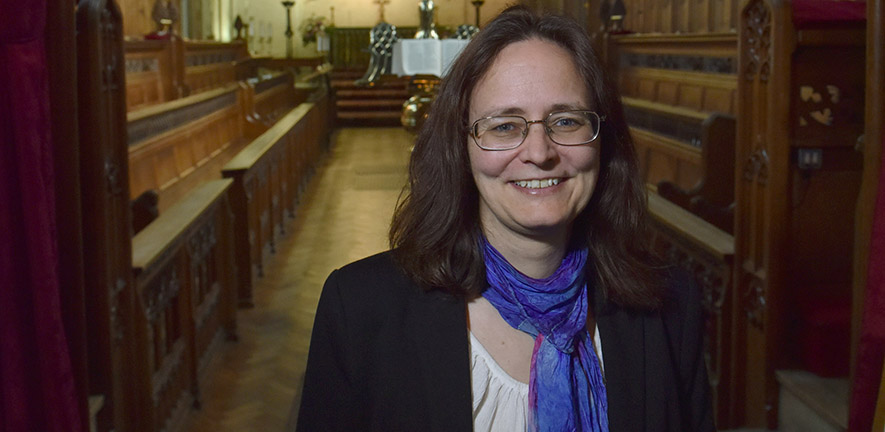
Women in STEM: Dr Anita Faul
Dr Anita Faul is a Teaching Associate at the Cavendish Laboratory and a Fellow of Selwyn College, where she specialises in algorithms. Here, she tells us about what it's like to teach at Cambridge and whether we can trust the answers that computers give us.
8 August 2019
News
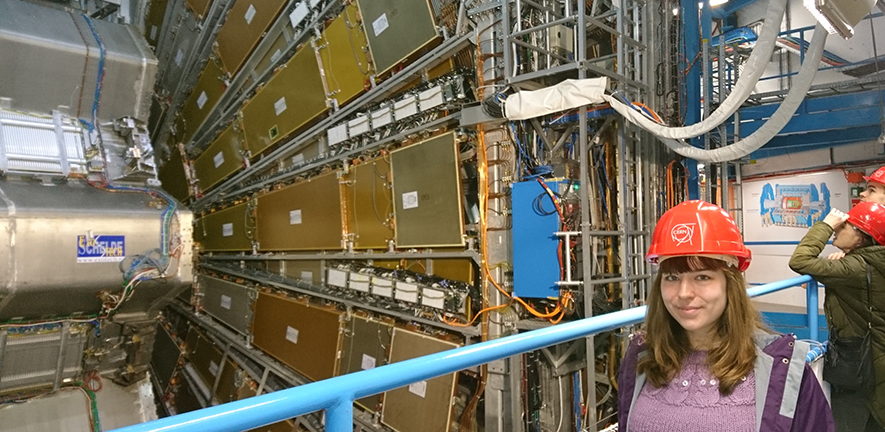
Women in STEM: Holly Pacey
Holly Pacey is a PhD candidate in the High Energy Physics Group based at the Cavendish Laboratory, and works on the ATLAS experiment. She spent the 2017-18 academic year working at CERN in Geneva, which operates the largest particle physics laboratory in the world.
11 July 2019
News
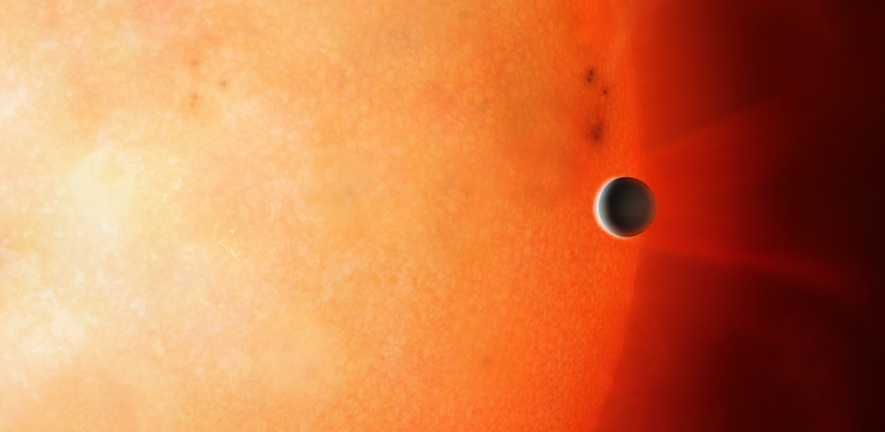
‘Forbidden’ planet found wandering ‘Neptunian Desert’
An international group of astronomers has identified a rogue planet orbiting its star in the so-called Neptunian Desert.
29 May 2019
News
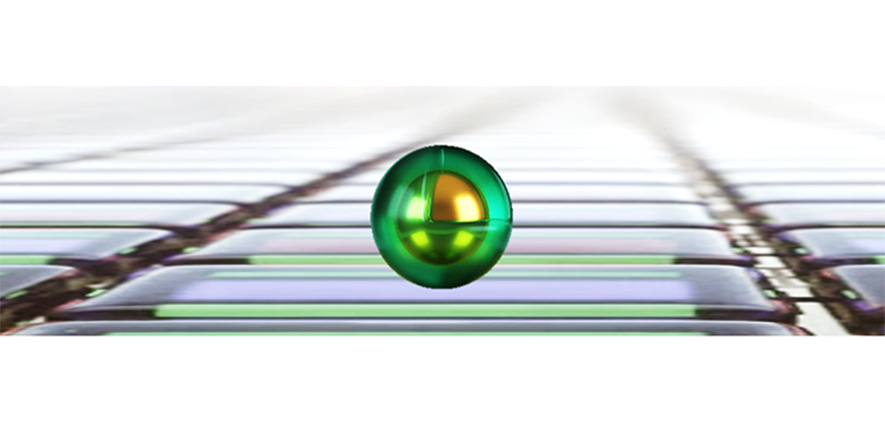
Smallest pixels ever created could light up colour-changing buildings
The smallest pixels yet created – a million times smaller than those in smartphones, made by trapping particles of light under tiny rocks of gold – could be used for new types of large-scale flexible displays, big enough to cover entire buildings.
10 May 2019
News
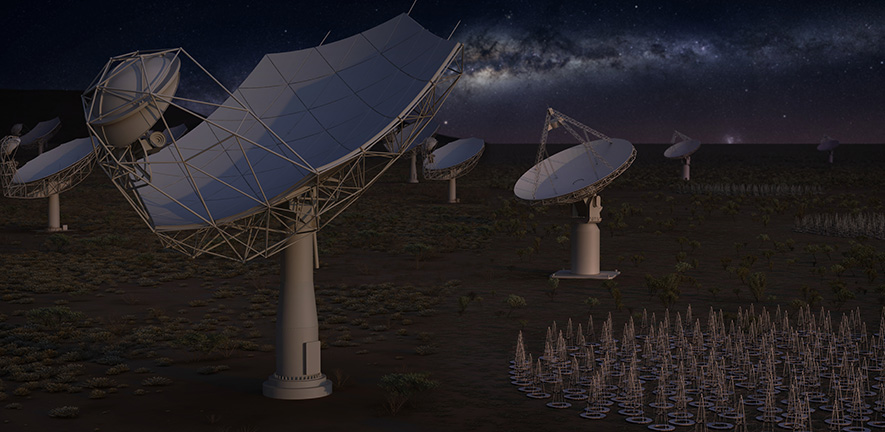
Design work on ‘brain’ of world’s largest radio telescope completed
An international group of scientists led by the University of Cambridge has finished designing the ‘brain’ of the Square Kilometre Array (SKA), the world’s largest radio telescope. When complete, the SKA will enable astronomers to monitor the sky in unprecedented detail and survey the entire sky much faster than any system currently in existence.
9 May 2019
News
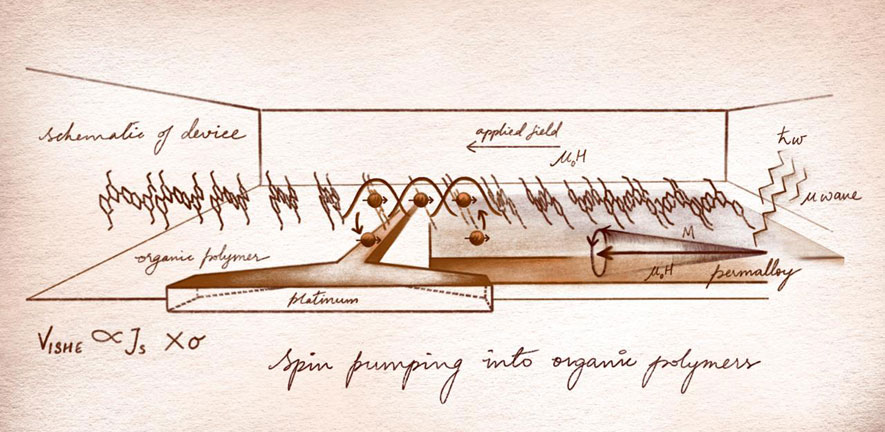
A new spin on organic semiconductors
Researchers have found that certain organic semiconducting materials can transport spin faster than they conduct charge, a phenomenon which could eventually power faster, more energy-efficient computers.
26 March 2019
News
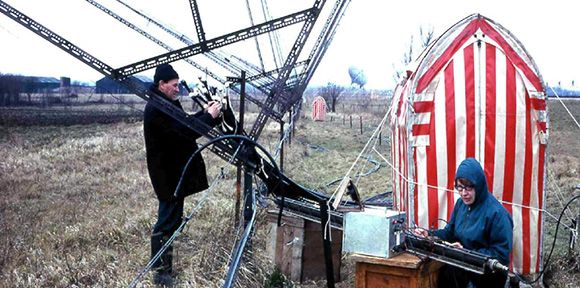
World first as Bell Burnell pulsar chart goes on display
Iconic object exhibited for the first time, alongside works by Isaac Newton and Stephen Hawking at Cambridge University Library.
8 March 2019